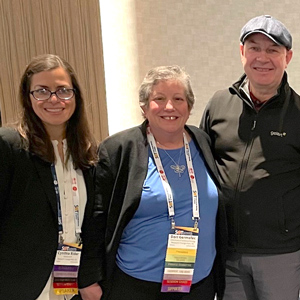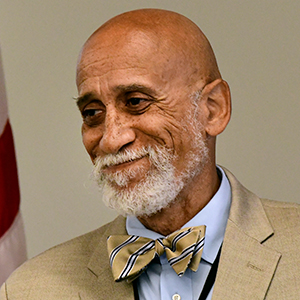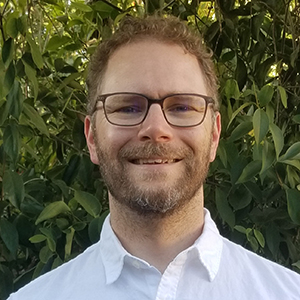Experts from environmental health sciences and other fields gathered June 6-7 to explore how artificial intelligence (AI) can help solve challenges in environmental health sciences. The NIEHS-funded workshop was sponsored by the National Academies of Science, Engineering, and Medicine (NASEM).
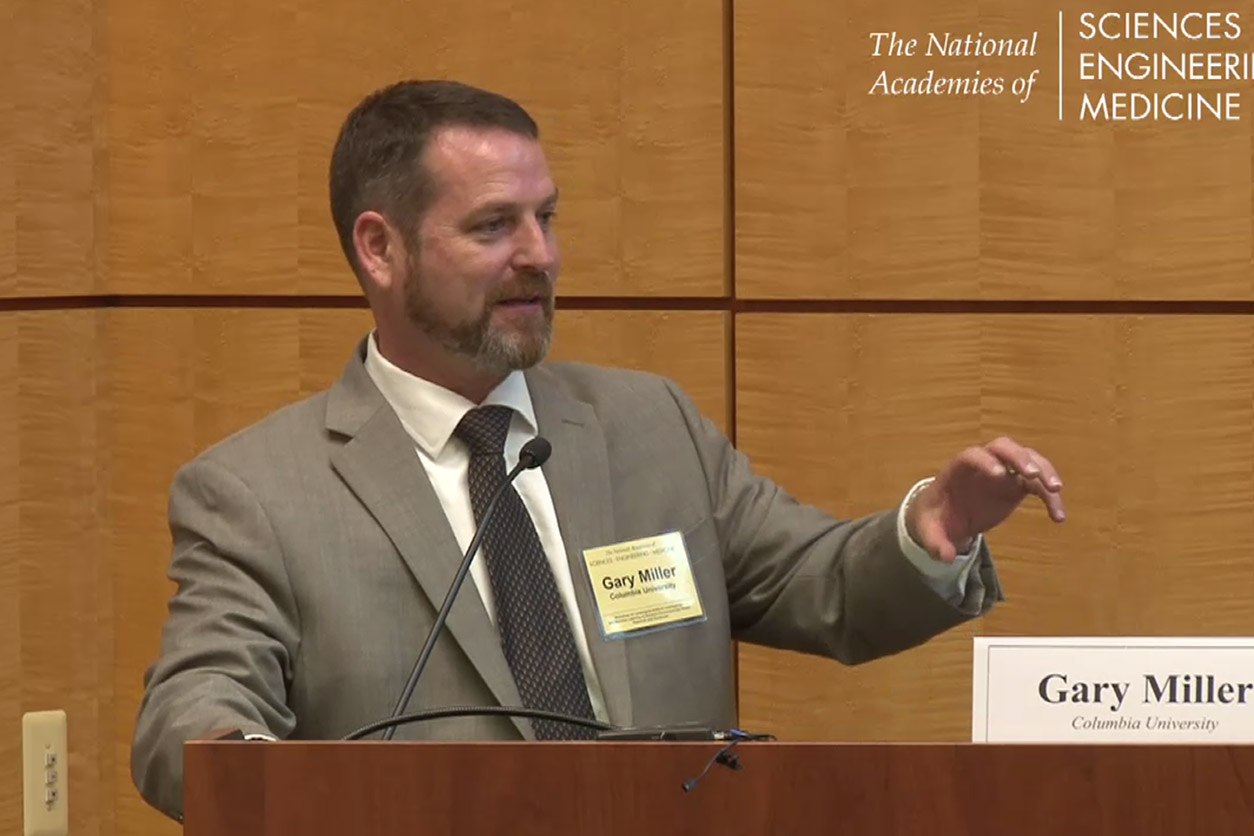 Miller, outgoing editor of the journal Toxicological Sciences, suggesting that a column in discipline-specific journals might help keep researchers up to date on advances and perils in AI use. “They hear about it on Facebook and Google but how does it apply to them?” he asked.
Miller, outgoing editor of the journal Toxicological Sciences, suggesting that a column in discipline-specific journals might help keep researchers up to date on advances and perils in AI use. “They hear about it on Facebook and Google but how does it apply to them?” he asked.“AI and some computational approaches have the potential to revolutionize what we are doing in environmental health,” said Gary Miller, Ph.D., from Columbia University. “We also have to maintain a healthy skepticism of AI and machine learning.”
His closing remarks reflected the day and a half of presentations and animated discussion at the National Academies of Science Building in Washington, D.C. Miller is a member of the workshop planning committee.
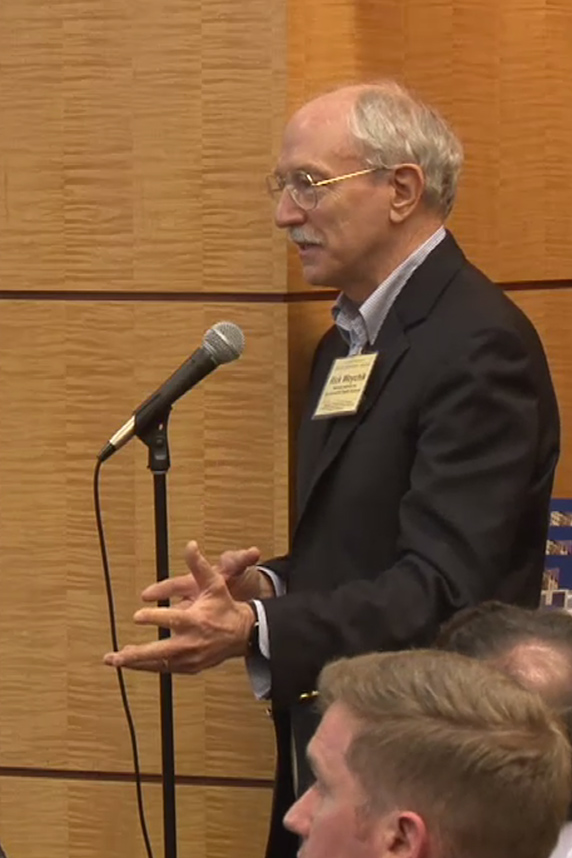 “One thing I am personally passionate about is if you want to use these powerful new tools and algorithms, you have got to pay attention to the quality of your data,” Woychik said.
“One thing I am personally passionate about is if you want to use these powerful new tools and algorithms, you have got to pay attention to the quality of your data,” Woychik said.NIEHS Deputy Director Rick Woychik, Ph.D., described ongoing environmental health studies that use AI and related computational techniques (see sidebar). His emphasis on the need for high quality data was echoed by speakers such as Arjun Manrai, Ph.D., from Harvard University. “Many of the central challenges of applying AI in environmental health are not uniquely AI challenges,” Manrai said. “They are data challenges. Environmental data is complex.”
Wide-ranging talks, hands-on learning
Organizers invited a range of scientists to present AI applications in environmental epidemiology, chemical hazard assessment, and fields beyond environmental health sciences. The meeting also featured practical sessions.
- A hands-on workshop, in which attendees downloaded software and a data set and carried out a machine learning protocol.
- A panel of decision makers and stakeholders, who responded to hypothetical scenarios involving findings based on AI-derived data.
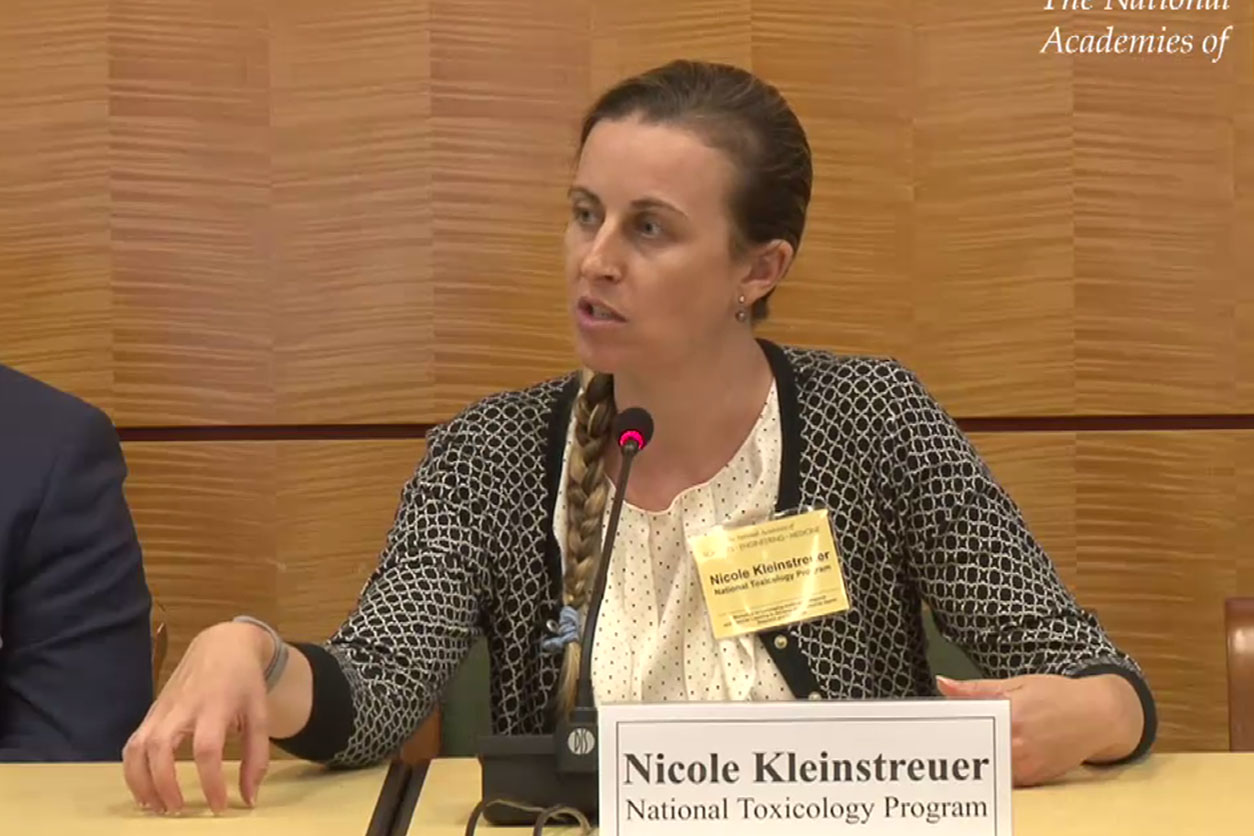 Kleinstreuer, a member of the planning committee, also presented a talk on the NTP experience with crowdsourcing computer models that predict chemical health effects in endocrine disruption and acute oral toxicity.
Kleinstreuer, a member of the planning committee, also presented a talk on the NTP experience with crowdsourcing computer models that predict chemical health effects in endocrine disruption and acute oral toxicity.The panel discussion showcased the promise and potential pitfalls of AI in environmental health science applications. NTP computational toxicologist Nicole Kleinstreuer, Ph.D., presented the hypothetical scenarios.
How good is the data?
In one example, a geographical information system (GIS) used a machine learning algorithm to predict which residents in a particular area would be exposed to high nitrate levels through private well water. The algorithm used data on nitrogen sources such as nearby fertilizer use and geology.
“The model has been validated in a small subset of homes where tap water samples were collected,” she told the panel, noting that the model had a problem with false positives.
“At first blush I would be very concerned about the data collection,” replied panel member Charles Schmitt, Ph.D., head of the NIEHS Office of Data Science. “Was it representative and was the model dealing with that balance? Let me then switch to my well-owner hat because I live in a house with a well and have three kids drinking from that well.”
 Kristi Pullen Fedinick, Ph.D., right, from the Natural Resources Defense Council, and Anna Lowit, Ph.D., from the U.S. Environmental Protection Agency, were among the stakeholders and decision makers responding to hypothetical AI applications.
Kristi Pullen Fedinick, Ph.D., right, from the Natural Resources Defense Council, and Anna Lowit, Ph.D., from the U.S. Environmental Protection Agency, were among the stakeholders and decision makers responding to hypothetical AI applications.This dilemma reflected an earlier discussion during which Woychik commented, “The one thing I am personally passionate about is if you want to use these powerful new tools and algorithms you have got to pay attention to the quality of your data.”
From data, to reproducibility, to ethics of using AI in environmental health, speakers at the workshop grappled with practical applications. “The growth of the AI piece is exploding,” Miller observed. “It's not going to go away and we have to make sure environmental health sciences stays in the front of avoiding these pitfalls.”
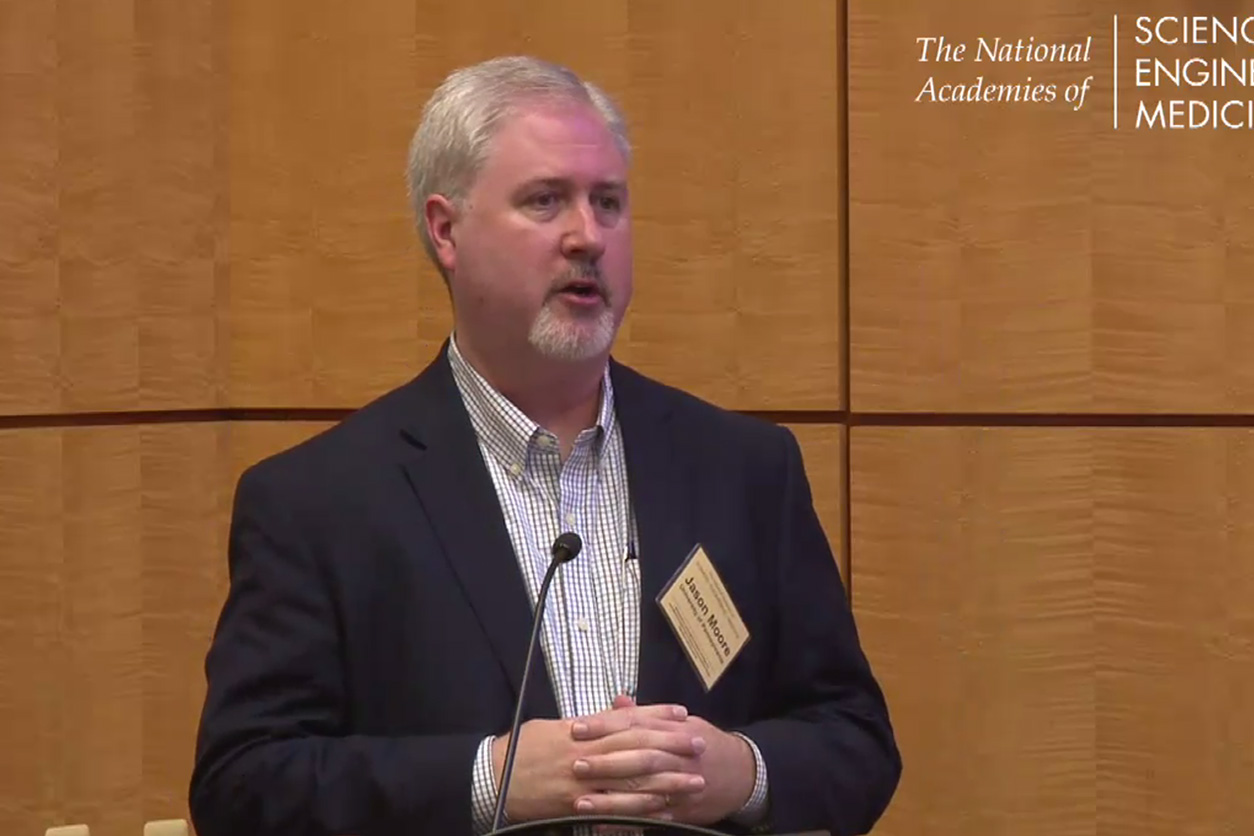 “We as humans are natural tinkerers,” said Moore, describing his interest in getting computers to approach data sets with a variety of techniques, the way a person would.
“We as humans are natural tinkerers,” said Moore, describing his interest in getting computers to approach data sets with a variety of techniques, the way a person would.Jason Moore, Ph.D., from the University of Pennsylvania, agreed. “We need to be very direct and not overpromise,” he said.
NASEM will post slides and video on the workshop web page in the coming weeks.






